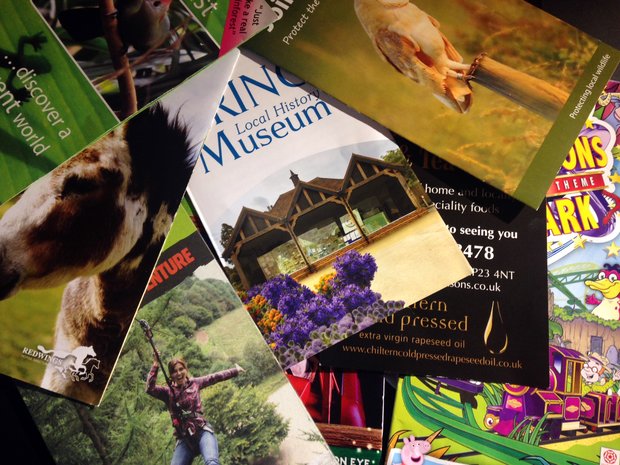Using leaflets in English lessons
Add to My Folder
Information leaflets about places of interest or events make a great free resource for a variety of reading, writing and speaking activities.
In the National Curriculum (2014), pupils in Years 5 and 6 are expected to ‘retrieve, record and present information from non-fiction’ and the accompanying non-statutory guidance refers to ‘reading information leaflets before a gallery or museum visit’. Here are six ways to use leaflets in the classroom which will take the children beyond just skimming through them. Select leaflets which link to other classwork, such as ones related to a trip the children will go on, or ones related to places the children may refer to in Science or Geography.

Leaflet study
This activity could be carried out with several copies of the same leaflet or as a comparison between different leaflets. The children work in pairs to read their leaflet carefully and then closely examine the leaflet in order to respond to some key questions about its purpose, audience, layout features and language. Encourage them to think about how the layout and language features support the informative and persuasive purpose of most leaflets.
Already a member? Sign in below.
Published 6 July 2016
Reviews
You need to be signed in to place a review.
